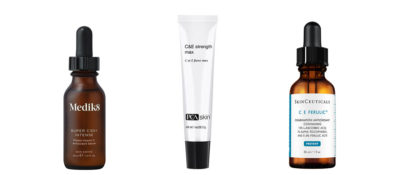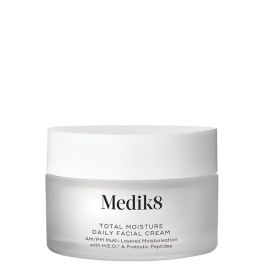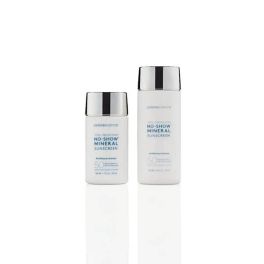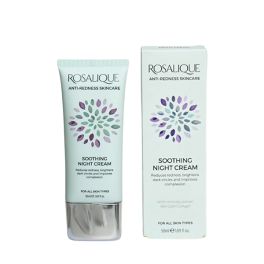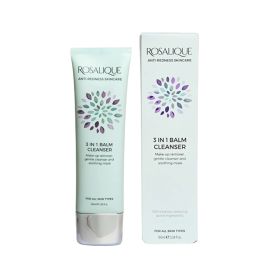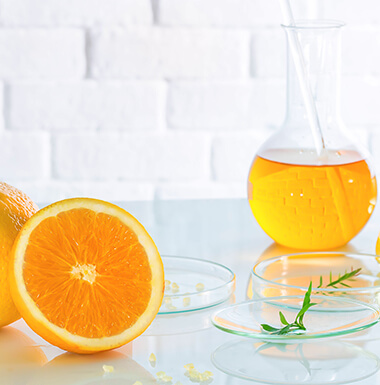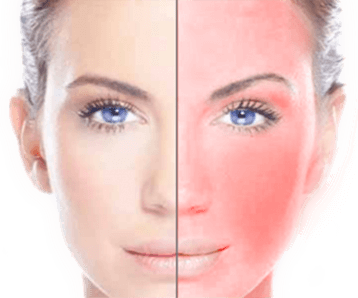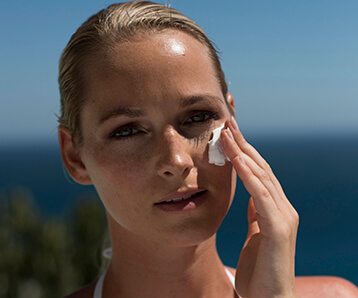From causes to cures, here’s what you need to know about tackling sun spots and melasma.. Posted on 13 Sep 2019
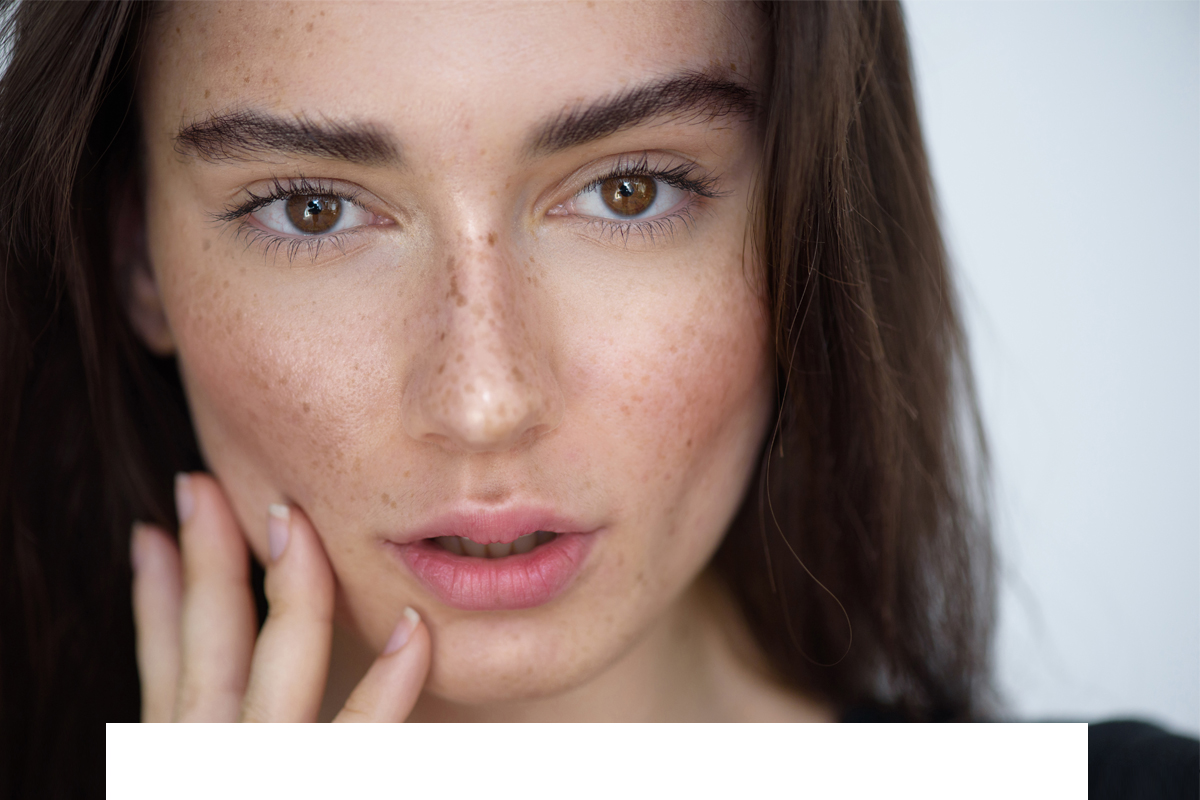
What is skin pigmentation and how can you treat it?
Hyperpigmentation usually presents itself as age spots, uneven colour, freckles and sometimes melasma (mask of pregnancy), due to excess melanin production and deposition in the skin.
Sun exposure is the main factor, but hyperpigmentation can also be aggravated by other factors including hormones during pregnancy or the contraceptive pill, certain medications, and also post inflammation following trauma or acne.
How to treat pigmentation?
How much you can reduce the appearance of pigmentation depends on what is causing the problem and also how deep into the skin the pigmentation extends.
Avoid sun exposure and use high grade sun blocks such as a full spectrum (UVA, UVB and UVC) SPF 30 sunscreen to help minimise future sun damage and pigmentation.
UV protection/sunscreen is paramount in the treatment of pigmentation. Apply it daily and all year round, not just in the summer.
Pigmentation Treatment Products
Skin brighteners are a safer approach for brightening the skin, and are effective when used consistently in a professional brightening regime.
Products that contain Kojic Acid, Alpha-Arbutin, Phytic acid, SabiWhite, Skin brightening peptides, Vitamin C, Azelaic Acid, Licorice and Mulberry help correct melanin pigmentation and are suitable for melasma, chloasma, age/sun spots and pigmentation etc.
They need to be applied to the areas twice a day after your vitamin C serum.
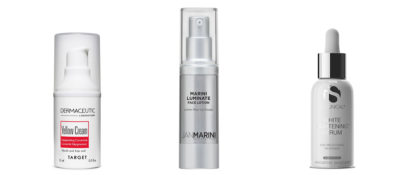
Apply antioxidant once a day after cleansing. Environmental Protection Vitamin C and other antioxidants help to neutralise ageing free radicals.
Antioxidants also have a brightening effect on the skin.
